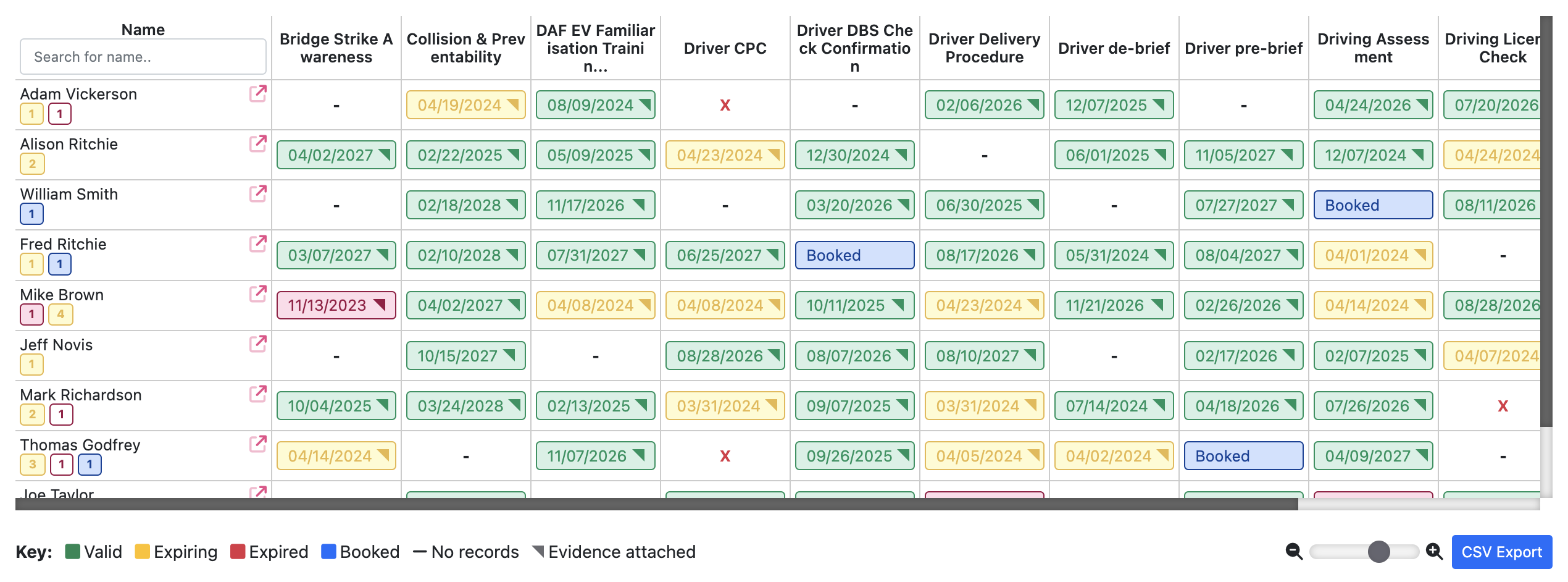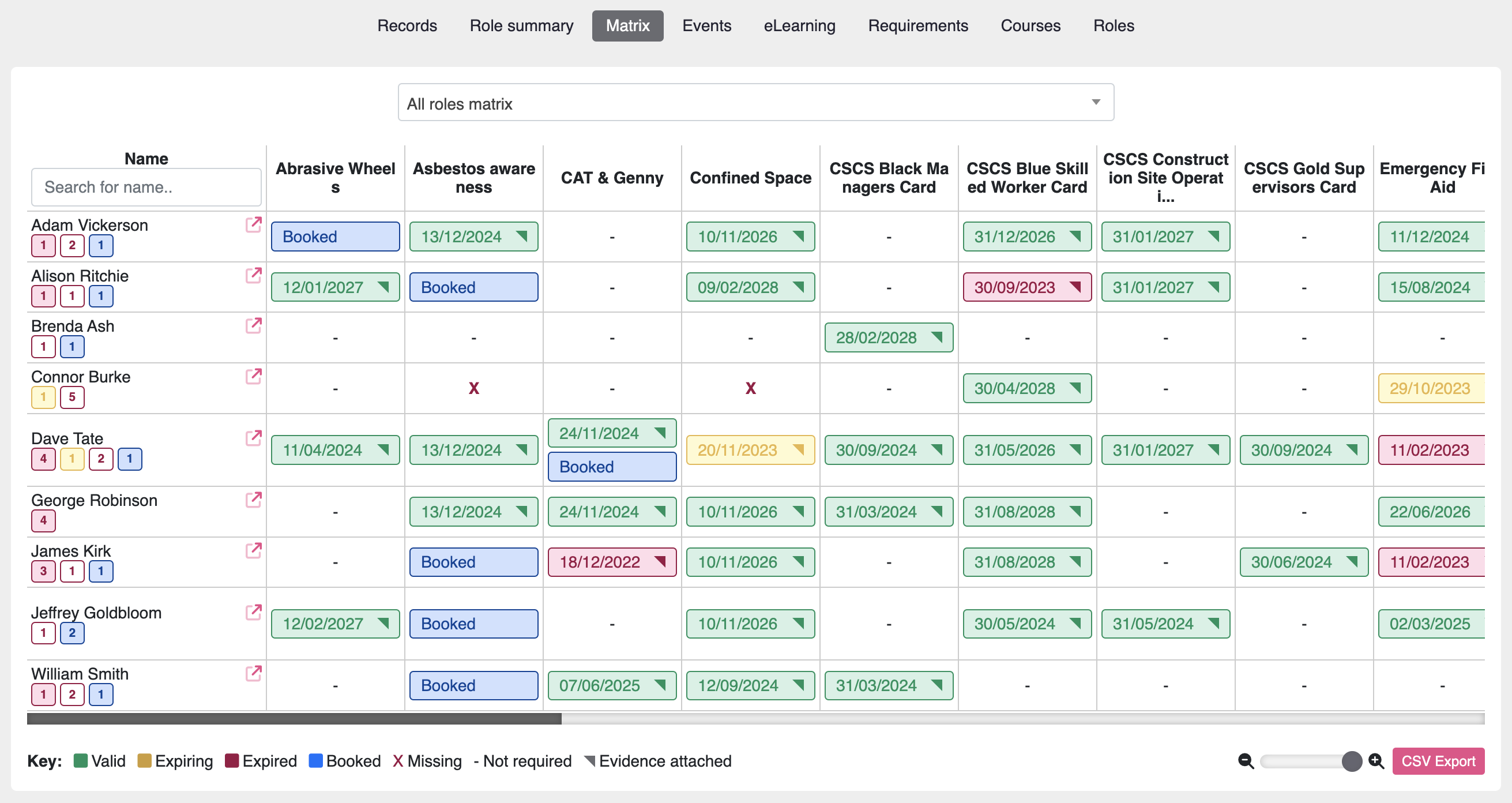Introduction
Training is a crucial element for the growth and development of any organisation. But how do you determine what kind of training is needed, for whom, and to what extent? This is where training needs analysis (TNA) comes into play. In this comprehensive guide, we will delve into what training needs analysis is, its importance, methods, and how to effectively conduct it within your organisation.
What is Training Needs Analysis?
Training Needs Analysis (TNA) is a systematic process used to determine the training requirements of an organisation. It identifies gaps in employees’ knowledge, skills, and abilities (KSAs) and helps in designing training programs that address these gaps. The goal is to improve both individual and organisational performance.
Importance of Training Needs Analysis
Conducting a TNA ensures that the training provided is relevant and effective. Here are some key benefits:
- Targeted Training: Ensures training is relevant to the employees’ roles and organisational goals.
- Resource Optimisation: Helps in the efficient use of resources by focusing on actual needs.
- Enhanced Performance: Improves employee performance by addressing specific gaps in knowledge and skills.
- Employee Engagement: Engages employees by providing relevant learning opportunities.
Methods of Training Needs Analysis
There are several methods to conduct a TNA. Some of the most common methods include:
- Surveys and Questionnaires: Collects data directly from employees about their training needs.
- Interviews: In-depth discussions with employees and managers to identify training needs.
- Observations: Monitoring employees’ performance to identify gaps.
- Performance Appraisals: Utilising performance reviews to highlight areas requiring improvement.
- Focus Groups: Group discussions to gather collective insights about training requirements.
Steps to Conduct a Training Needs Analysis
Identify Organisational Goals
The first step in conducting a TNA is to understand the strategic goals of the organisation. This helps align the training programs with the broader objectives of the company.
Determine the Skills Needed
Next, identify the skills and knowledge required to achieve these goals. This involves analysing job roles and the competencies required for each role.
Assess Current Skills
Evaluate the current skill levels of employees through various methods such as assessments, performance reviews, and feedback.
Identify Skill Gaps
Compare the current skills with the required skills to identify gaps. This step highlights the areas where training is needed.
Prioritise Training Needs
Not all training needs can be addressed at once. Prioritise them based on their impact on organisational goals and the urgency of the need.
Develop a Training Plan
Create a detailed training plan that includes the training objectives, content, methods, and timeline. Ensure the plan is realistic and achievable.
Implement the Training
Conduct the training as per the plan. Use a mix of training methods like workshops, e-learning, on-the-job training, and coaching to cater to different learning styles.
Evaluate the Training
Finally, evaluate the effectiveness of the training program. Collect feedback from participants and measure the impact on performance.
Benefits of Conducting Training Needs Analysis
Improved Performance
By targeting specific skill gaps, TNA ensures that the training provided is effective in enhancing employee performance.
Cost-Effective Training
TNA helps in the efficient allocation of training resources, ensuring that funds are spent on areas that provide the highest return on investment.
Increased Employee Satisfaction
Providing relevant training boosts employee morale and job satisfaction, leading to higher retention rates.
Better Alignment with Organisational Goals
TNA ensures that training programs are aligned with the strategic goals of the organisation, contributing to overall business success.
Enhanced Competitiveness
Organisations with well-trained employees can adapt more quickly to changes and stay competitive in their industry.
Common Challenges in Training Needs Analysis
Lack of Clear Goals
Without clear organisational goals, it is challenging to determine the training needs accurately.
Resistance to Change
Employees may resist new training initiatives, especially if they are not involved in the process or see the benefit.
Limited Resources
Conducting a thorough TNA can be resource-intensive, and some organisations may struggle with limited time and budget.
Inaccurate Data
The effectiveness of TNA depends on the accuracy of the data collected. Inaccurate data can lead to inappropriate training programs.
Best Practices for Effective Training Needs Analysis
Involve Stakeholders
Engage various stakeholders, including employees, managers, and HR professionals, in the TNA process to gather diverse perspectives.
Use Multiple Methods
Utilise a combination of methods to collect data. This ensures a comprehensive understanding of training needs.
Focus on Continuous Improvement
TNA should not be a one-time activity. Regularly update the analysis to reflect changing organisational goals and employee needs.
Communicate Clearly
Clearly communicate the purpose and benefits of TNA to employees to gain their support and participation.
Measure Effectiveness
Regularly evaluate the impact of training programs on performance and make necessary adjustments.
Frequently Asked Questions
What is the main purpose of training needs analysis? The main purpose of TNA is to identify gaps in employees’ knowledge, skills, and abilities and to design training programs that address these gaps to improve performance.
How often should training needs analysis be conducted? TNA should be conducted regularly, at least annually, or whenever there are significant changes in organisational goals, job roles, or performance issues.
What methods are best for conducting a training needs analysis? A combination of methods such as surveys, interviews, observations, performance appraisals, and focus groups provides a comprehensive understanding of training needs.
Can training needs analysis help in employee retention? Yes, providing relevant training opportunities increases job satisfaction and engagement, which can lead to higher employee retention rates.
What are the key challenges in conducting training needs analysis? Key challenges include lack of clear goals, resistance to change, limited resources, and inaccurate data.
How can organisations ensure the effectiveness of their training programs? Organisations can ensure effectiveness by regularly evaluating training programs, involving stakeholders, using multiple data collection methods, and aligning training with organisational goals.
Conclusion
Training needs analysis is a critical tool for any organisation aiming to enhance its workforce’s performance and achieve its strategic goals. By systematically identifying and addressing skill gaps, organisations can ensure that their training programs are both relevant and effective. This not only optimises resource utilisation but also boosts employee satisfaction and retention. Implementing a robust TNA process helps organisations stay competitive and agile in an ever-changing business environment. Using a tool such as a training matrix is an ideal way to keep on top of the TNA and ensure everybody’s training is kept up to date.
John is our co-founder and is responsible for software design and development and loves helping people solve problems using innovative software.


